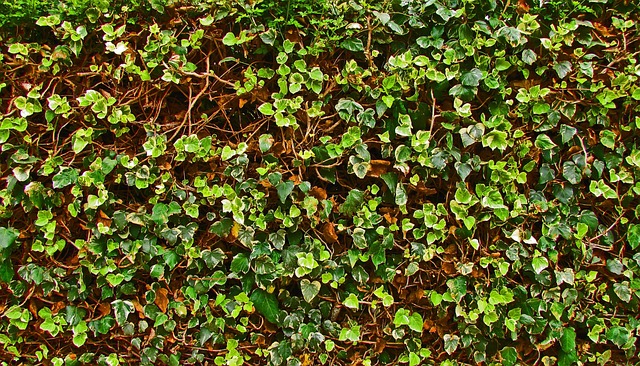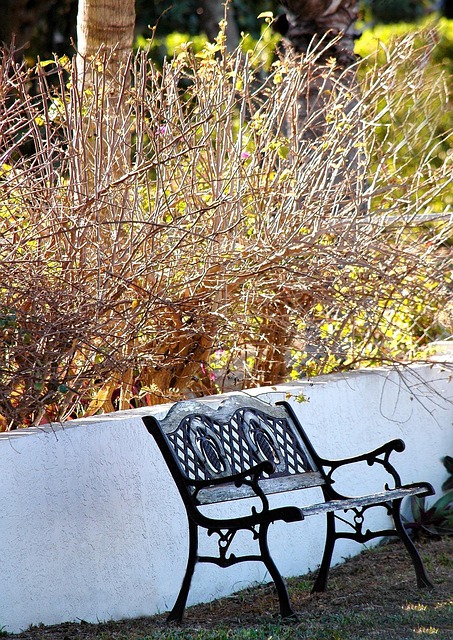Discover Top Natural & Eco-Friendly Wood Options for Your Dream Landscape
When planning your landscaping project, opt for high-quality, eco-friendly materials like cedar, nat…….
Choosing Landscape Materials: A Comprehensive Guide
Introduction
Landscaping is an art that transforms the natural environment into aesthetically pleasing, functional, and sustainable spaces. At the heart of successful landscaping lies the selection of appropriate materials. This article delves into the intricacies of choosing landscape materials, a critical aspect that influences both the visual appeal and the longevity of a landscape. We will explore the significance of these choices, the global impact they have, economic considerations, technological advancements, policy frameworks, and future prospects. Readers will gain valuable insights into how to navigate the complexities of selecting materials that are not only visually appealing but also environmentally responsible and cost-effective.
Understanding Choosing Landscape Materials
Choosing landscape materials is a multifaceted process that involves selecting plants, hardscapes, soils, and other elements that will be used in the design and construction of outdoor spaces. These materials must be suitable for the local climate, soil conditions, and intended use. The historical context of landscape materials dates back to ancient civilizations, where natural materials such as stone, water, and wood were revered for their beauty and utility. Today, the process encompasses a wide array of options, from traditional to innovative materials, each with its own set of environmental, economic, and aesthetic implications.
Global Impact and Trends
The influence of choosing landscape materials is far-reaching, impacting ecological conservation, urban development, and cultural expression worldwide. Global trends in landscaping include a shift towards sustainable materials, the integration of technology for efficient water use, and the adoption of native plants to support biodiversity. In regions like North America, Europe, and Australia, there is a growing emphasis on xeriscaping to conserve water. In contrast, developing countries are leveraging landscape materials to improve public health and enhance the quality of life in urban areas.
Economic Considerations
The economic aspects of choosing landscape materials are significant. Market dynamics are influenced by factors such as material availability, consumer demand, and regional economics. Investment patterns in landscaping can lead to job creation and stimulate local economies. The role of landscape materials within economic systems extends to their impact on property values and the potential for cost savings through reduced maintenance and energy consumption.
Technological Advancements
Technology has revolutionized the landscape industry, introducing materials and methods that enhance both functionality and aesthetics. Innovations such as permeable pavements, smart irrigation systems, and sustainable building materials are becoming increasingly popular. These advancements not only improve the efficiency of landscapes but also contribute to environmental sustainability and resilience against climate change.
Policy and Regulation
Landscape materials are governed by a complex web of policies and regulations that aim to protect natural resources, promote sustainable practices, and ensure public safety. These include zoning laws, environmental protection guidelines, and building codes. Compliance with these frameworks is essential for professionals in the landscaping industry to create landscapes that are both beautiful and legally permissible.
Challenges and Criticisms
The field of choosing landscape materials faces several challenges and criticisms, including environmental concerns related to non-native or invasive species, resource depletion, and waste generation. There is also the issue of aesthetics versus functionality, as well as the need for education and training for professionals in the field. Strategies to overcome these issues include promoting the use of locally sourced materials, adopting sustainable design principles, and fostering public awareness and involvement.
Case Studies
Several case studies exemplify successful applications of choosing landscape materials. One such example is the High Line in New York City, which repurposed industrial materials into a stunning urban park, setting a new standard for green space design. Another is the Millennium Park in Chicago, where innovative materials and sustainable design have created a model for integrating landscape materials into high-density urban environments.
Future Prospects
The future of choosing landscape materials looks promising, with potential growth areas including urban green spaces, residential landscapes, and restorative landscapes that address environmental degradation. Emerging trends such as the use of modular components for flexibility and adaptability in design are gaining traction. Strategic considerations for the future include prioritizing sustainability, embracing technology, and ensuring that materials used are both aesthetically pleasing and environmentally responsible.
Conclusion
In conclusion, choosing landscape materials is a nuanced process that requires careful consideration of environmental, economic, and cultural factors. The decisions made in this realm have profound implications for the beauty, functionality, and sustainability of landscapes around the world. By staying informed on trends, policies, and technological advancements, and by prioritizing eco-friendly and cost-effective solutions, professionals can create landscapes that are both visually stunning and beneficial to society and the environment.
FAQ Section
What factors should be considered when choosing landscape materials?
How do sustainable materials benefit a landscape?
What are some innovative landscape materials currently being used?
How can technology be integrated into landscaping?
What are the challenges faced by the landscaping industry today?
By addressing these frequently asked questions, professionals and enthusiasts alike can gain a deeper understanding of the importance of choosing landscape materials with intention and foresight. The landscapes of tomorrow will be shaped by the choices made today, making each decision a critical step towards creating sustainable and beautiful outdoor spaces for all to enjoy.

When planning your landscaping project, opt for high-quality, eco-friendly materials like cedar, nat…….

When planning your landscape project, opt for long-lasting and sustainable materials like natural st…….

When planning your landscaping project, choosing eco-friendly materials like natural stone, gravel,…….

Modern landscaping transforms outdoor spaces with diverse material options, prioritizing aesthetics…….

Landscapers are embracing modern landscape supplies like ceramics, natural stone, recycled glass til…….

Composite decking and modern landscape supplies offer superior durability, low maintenance, and eco-…….

Natural stone, river rocks, and gravel top the best landscape material options for both aesthetics a…….

Modern landscaping designs leverage versatile materials like concrete, natural stone (granite, limes…….

Composite materials, like those from Seven Trust, revolutionize landscaping with their durability, e…….

When enhancing outdoor spaces, choosing the right landscape material options can significantly impac…….